Central American fruits include fruits that have originated within this geographical area and those introduced from different parts of the world. They exhibit various types, from citrus fruits like oranges and limes to exotic varieties such as guava, papaya, and passion fruit.
This diversity results in a mix of flavors ranging from sweet and juicy to tart and tangy. The fruits of Central America are also known for their vibrant colors. Bright yellows, deep reds, and lush greens are common.
In Central American cuisine, fruits are not just side dishes or desserts; they are integral to the food culture, finding their way into savory dishes, drinks, and traditional recipes. They are often used fresh, juiced, or blended into smoothies
Many fruits from Central America are significant to the local and global economies. Bananas, for example, are one of the region’s largest export products.
Alright, let’s explore the collection of the most famous Central American fruits. Next, I’ll look at which countries are big on fruit farming, check out some popular fruit-based dishes and drinks, and even peek into the veggie side of things.
Ready? Let’s jump in!
32 Popular Central American Fruits with Filters
Here’s a list of 32 popular Central American fruits sorted by how popular they are. You can use a filter to organize them by different types, like native, non-native, national, fruit vegetables, or exotic, or by their use in meals, drinks, or as decoration.
Banana
- For Beverages
- For Dishes
- Non-Native
Bananas are a crucial part of Central America’s diet and economy, serving as a staple food and a significant export.
Introduced to the region, they have become key in agriculture and cuisine, with varieties ranging from the sweet, yellow Cavendish to the starchier plantains like ‘Harton’ and ‘Curare Enano’.
Their flavors vary from sweet and creamy to savory and starchy, and they are used in a diverse array of dishes, from breakfast to desserts.
Besides their culinary versatility, bananas play a vital role in the economies of countries like Costa Rica, Honduras, and Guatemala through exportation.
Avocado
- For Beverages
- For Dishes
- Fruit Vegetables
- Native
Avocado, also known as “Aguacate” or “Persea Americana”, is a creamy, nutrient-rich fruit native to Central America and Mexico. This fruit comes in several varieties like the Hass, Fuerte, and Reed, with Hass being the most globally recognized.
The taste of an avocado is subtly nutty and rich, with a buttery texture that melts in your mouth. Its skin ranges from green to purplish-black, and its flesh is a vibrant green, surrounding a large pit.
Avocado trees flourish in the mild climates of Central America, bearing fruit typically in the spring and summer months. Locals incorporate avocados into many dishes, from the famous guacamole to salads, and even in some dessert recipes.
In countries like Mexico, Guatemala, and Costa Rica, avocados are a staple, growing abundantly and enjoyed in daily meals.
Papaya
- For Beverages
- For Dishes
- Native
Papaya (papaw or pawpaw) is a large berry fruit from the Carica papaya species. Its origin traces back to Mesoamerica, encompassing modern-day Mexico and Central America.
Papayas come in several types, including the Maradol, Sunrise, and Mexican varieties, each known for its unique flavor and size. The fruit tastes sweet with a musky undertone, and its flesh is a bright orange or pink, containing many small, black seeds at its center.
Its appearance is oblong and can range in size, sometimes weighing up to several pounds. They are commonly eaten fresh, scooped with a spoon, or used in smoothies, salads, and desserts.
In Central America, papayas are widely enjoyed in countries like Belize, Honduras, and Nicaragua.
Guava
- For Beverages
- For Dishes
- For Garnish
- Native
Guava is a tropical fruit indigenous to Central America, often found in backyard gardens and in the wild. Guavas can be divided into the common pink-fleshed variety and the less common white-fleshed variety.
The fruit has a sweet and slightly tart flavor, with a soft, edible skin and a flesh filled with small, hard seeds. It’s typically round or pear-shaped, with a green to yellow exterior when ripe. Guava is available throughout the year, but its peak season varies by location.
Locals enjoy guava fresh or in the form of jams, jellies, juices, and desserts. In countries like Guatemala and Honduras, guava is a common snack and a key ingredient in traditional dishes.
Tamarind
- For Beverages
- For Dishes
- Native
Tamarind is a sour and sweet fruit that comes from the tamarind tree, widely cultivated in and originating from the tropical regions of Central America. The fruit is encased in a brown, pod-like shell with a sticky, paste-like flesh inside that is rich in flavor.
This fruit is popular in various culinary uses, from candies and snacks to sauces and marinades. It’s especially prevalent in the culinary traditions of El Salvador and Nicaragua, where tamarind is used to make refreshing drinks and tangy sauces for traditional dishes.
Mango
- For Beverages
- For Dishes
- Non-Native
Mango, also known as “mangga” in some locales, is a tropical fruit native to South and Southeast Asia but highly favored in Central America. This juicy, sweet fruit comes in various types across the continent, such as Ataulfo, Tommy Atkins, and Haden.
Mangos are typically bright yellow to orange when ripe, with some varieties showcasing hints of green or red. Their taste ranges from sweet and creamy to tart and refreshing. They are most commonly enjoyed from May to September, aligning with the warmer months.
In Central America, mangos are eaten fresh and incorporated into salsas, desserts, and drinks. They are especially popular in countries like Guatemala, Honduras, and Nicaragua, where they grow abundantly.
Dragon Fruit
- Exotic
- For Beverages
- For Dishes
- Native
Dragon fruit, known locally as “pitahaya” or “pitaya,” is an exotic fruit native to Central America. This fruit is distinctive for its bright pink or yellow skin and speckled, white or red flesh, dotted with tiny black seeds.
Dragon fruit tastes mildly sweet, like a blend of pear and kiwi, with a refreshing and juicy texture. It is commonly available during the summer months.
In Central America, dragon fruit is eaten fresh and used in smoothies, salads, and desserts. This fruit thrives particularly well in countries like Nicaragua, Costa Rica, and Panama.
Lychee
- Exotic
- For Beverages
- Non-Native
Lychee, known in some regions as “litchi,” is a tropical fruit originally from Southeast Asia but has successfully made its way to Central America. This fruit is recognized for its rough, red outer skin and sweet, translucent flesh, which encases a large seed.
Lychees are mostly savored for their balance of sweetness and tartness, combining the flavor profile of grapes and roses. They are typically in season during the early summer months.
Across Central America, lychees are mainly enjoyed fresh, peeled by hand to reveal the juicy interior. They are also popular for refreshing summer drinks, desserts, and salads.
The fruit is especially prevalent in countries with a humid tropical climate, such as Costa Rica and Panama.
Carambola
- Exotic
- For Dishes
- For Garnish
- Non-Native
Carambola, commonly referred to as “star fruit”, is a fruit indigenous to Southeast Asia but has become a common sight in Central American tropical regions. This juicy fruit varies from sour to sweet, with the most common varieties enjoyed in the region leaning towards the sweeter side.
The skin is edible, light green to yellow, and the flesh is crisp and refreshing. Carambola trees bear fruit primarily in late summer to mid-fall.
In Central American cuisine, carambola is eaten fresh, used as a garnish, in salads, and even cooked in dishes that require a tart component. The fruit is particularly popular in countries like Belize and Honduras.
Soursop
- Costa Rica
- For Beverages
- For Dishes
- National
- Native
Soursop, locally known as guanábana, is a fruit vegetable indigenous to the Americas, including Central America. This green, spiky fruit boasts a soft, fibrous white interior with a flavor that’s a cross between strawberry, pineapple, and citrus, with a hint of creaminess.
Soursop finds its way into smoothies, ice creams, and desserts, and is also consumed fresh. The fruit typically ripens from June to September, thriving in the humid climates of countries like Costa Rica, Nicaragua, and Panama.
Cashew Apple
- For Beverages
- Non-Native
Cashew apple is an exotic addition to the Central American fruit repertoire, originally from northeastern Brazil. The cashew apple is known for its peculiar shape, with the cashew nut hanging from the bottom of the apple.
This fruit has a unique, sweet, and slightly tangy flavor, with a texture that’s somewhat softer than that of a conventional apple. It comes in shades of yellow to red and is most commonly enjoyed fresh or juiced in the region.
The cashew apple’s season aligns with the dry season, peaking from February to May.
In Central America, particularly in countries like Guatemala and Honduras, the cashew apple is a treat and a source of nutrition and livelihood. It’s consumed raw, made into refreshing drinks, or transformed into jams.
Breadfruit
- For Dishes
- Non-Native
Breadfruit is a tropical fruit that grows on large trees native to the Pacific Islands but has become a staple in Central America. When young, it has a firm green skin, ideal for cooking like a vegetable.
As it ripens, it turns softer and sweeter, suitable for eating raw or made into desserts. Breadfruit’s taste when cooked is often compared to that of freshly baked bread or potatoes.
In Central American countries such as Panama and Costa Rica, breadfruit is often boiled, fried, or roasted and served as a side dish, similar to how potatoes might be used. It’s also made into chips, pies, and even used in soups.
Prickly Pear
- For Beverages
- For Dishes
- Fruit Vegetables
- Native
Prickly pear, known locally as “tuna,” is the fruit of the Opuntia cactus, which is native to the Americas, including the arid and semi-arid regions of Central America. They are most commonly harvested from late summer to early fall.
This fruit stands out for its bright colors, ranging from yellow and green to pink and red, with a sweet, sometimes watery, flavor reminiscent of watermelon and bubblegum.
In countries like Mexico, which borders Central America, and in the arid regions of Guatemala and Honduras, prickly pear is a popular food item and a symbol of cultural identity, featured in the national coat of arms.
The locals consume it fresh, juice it, or use it in candies and jams. The fruit’s pads, known as nopales, are also a staple in local cuisines, eaten as a vegetable.
Jocote
- For Dishes
- Native
Jocote, also known as red mombin, is a small fruit that belongs to the cashew family, indigenous to the tropical regions of Central America. It’s a seasonal fruit, typically harvested in two main periods: the early rainy season and the late dry season.
Jocotes can be eaten at various stages of ripeness, with their taste evolving from sour to sweet as they mature. The fruit is oval, with a thin skin ranging from green to yellow to deep red. Inside, the juicy flesh surrounds a large pit.
In Central America, particularly in countries like Nicaragua, El Salvador, and Guatemala, jocotes are a popular snack, eaten raw with a pinch of salt or chili powder. They’re also made into jams, preserves, and drinks.
Locals eagerly await jocote season, and the fruit is often associated with childhood memories of climbing trees and gathering the fruit with friends and family.
Pejibaye
- For Dishes
- Fruit Vegetables
- Native
Pejibaye, known in English as peach palm fruit, is harvested from a type of palm tree native to the tropical forests of Central and South America. The fruit is small and round, with a tough outer skin that turns green to orange or red when ripe.
The flesh inside is dense and starchy, similar in texture to a sweet potato, and has a unique flavor that blends pumpkin and chestnut. Pejibaye is typically boiled and eaten with mayonnaise or salt, or used in soups and stews.
In countries like Costa Rica and Panama, pejibaye is a cherished food source and a subject of agricultural pride, with the fruit being sold in local markets and street stalls. It is particularly celebrated during the Pejibaye Festival in Costa Rica, where this fruit is the star.
Mamoncillo
- For Beverages
- Native
Mamoncillo, also widely known as Spanish lime, is a small, round fruit originating from the tropical Americas, including Central America. Mamoncillo is typically enjoyed in the rainy season when the fruits are most abundant.
The fruit’s tough, green outer skin encases a soft, juicy pulp that tastes sweet and tangy, akin to a combination of lime and lychee, with a creamy and fibrous texture.
In countries like Nicaragua, Costa Rica, and Panama, people eagerly consume mamoncillo by cracking the skin with their teeth to reach the pulp eaten directly off the large seed inside. It’s common to see groups enjoying this fruit together, often as a casual snack.
Mamey Sapote
- For Beverages
- For Dishes
- Native
Mamey sapote is a large, oval fruit native to the tropical regions of the Americas, including Central America. Its rough, brown skin conceals orange-red flesh that’s smooth, sweet, and rich, often compared to a mix of sweet potato, pumpkin, honey, and even almond or chocolate notes.
This fruit is a favorite for its comforting, dessert-like quality and is typically in season from late winter through spring and into early summer.
Throughout Central America, particularly in Guatemala and Belize, mamey sapote is widely consumed fresh or blended into milkshakes and ice creams. It’s also used in desserts and sometimes as a sweetener in baked goods.
Nance
- For Beverages
- For Dishes
- Native
Nance is a small, yellow fruit from the tropical regions of the Americas, including Central America. Also known as nanche, craboo, or golden spoon, this fruit is favored for its strong, fragrant aroma and distinctive flavor ranging from sweet to slightly tart.
The fruit has a firm, edible skin and juicy, somewhat fibrous flesh surrounding one or two large seeds. Nance is often found growing wild and is harvested towards the end of the rainy season.
In Central America, particularly in countries like Nicaragua, Costa Rica, and El Salvador, nance is commonly eaten raw, but it’s also popular in fermented beverages, jams, and desserts.
The fruit is a key ingredient in traditional dishes and drinks, including the beverage known as “chicha” in some regions.
Mangosteen
- Exotic
- For Dishes
- Non-Native
Mangosteen is a Central American exotic fruit, with its thick, purple rind and sweet, white segments inside, and is often referred to as the “queen of fruits.”
Mangosteen’s complex taste is often described as a symphony of sweet, tangy, and juicy flavors with a texture melting in your mouth.
The mangosteen is most popular in Central America’s more humid, tropical parts. It is often eaten out-of-hand.
Caimito
- For Dishes
- Native
Caimito, often referred to as star apple, is a tropical fruit that has made its home in the warm climates of Central America. This fruit is round, with a smooth, shiny skin that can be either purple or green.
The flesh inside is soft, creamy, and incredibly sweet, often compared to a mix of lychee, apple, and persimmon. A unique feature of caimito is its star-shaped pattern in the middle when cut across. The fruit is typically in season from late winter through early summer.
In Central America, particularly in countries like Nicaragua and Costa Rica, caimito is mostly eaten fresh. Locals enjoy chilling the fruit before eating it. The flesh is scooped out and eaten directly, avoiding the skin and the tough central rind.
Canistel
- For Beverages
- For Dishes
- Native
Canistel, known locally as egg fruit, is native to southern Mexico and Central America. It earns its name from the texture of its flesh, which is smooth, dense, and similar to a hard-boiled egg yolk.
The skin of the fruit is thin and yellow, encasing the sweet, custard-like flesh that also has a yellow hue. Canistel tastes like sweet potato or pumpkin, with a slight nuttiness. It’s available in various seasons throughout the year.
In Central America, canistel is commonly consumed raw or used as a sweetener in desserts and baked goods. Its creamy texture makes it ideal for blending into smoothies or making into puddings.
Cape Gooseberry
- Exotic
- For Beverages
- For Dishes
- For Garnish
- Non-Native
Cape gooseberry, also widely known as physalis, is a small, round fruit enclosed in a papery husk, giving it a lantern-like appearance. It’s not originally from Central America but has thrived in its warm climate.
The fruit itself is golden-yellow when ripe and offers a taste that balances sweet and tart, reminiscent of tomatoes and pineapples. Cape gooseberries are enjoyed in both fresh and cooked dishes, particularly in season during the latter half of the year.
In Central America, countries like Costa Rica and Panama see the Cape Gooseberry used in various ways, from fresh snacks to additions in salads, desserts, and sauces.
Sweet Granadilla
- Exotic
- For Beverages
- For Dishes
- Non-Native
Sweet granadilla is a type of passion fruit, recognized by its hard, shiny orange shell and sweet, seedy pulp. Native to the Andean regions of South America, it has been warmly adopted into Central America’s fruit gardens and markets.
The fruit’s interior is filled with a jelly-like pulp bursting with sweet, aromatic flavors, often described as a milder, sweeter version of the more widely known purple passion fruit. Its peak season varies across the region but generally falls within the warmer months.
Across Central America, particularly in Guatemala and Honduras, the sweet granadilla is often consumed simply by cutting it open and scooping out the fragrant, juicy seeds inside. It’s also popular in smoothies, desserts, and fruit salads.
Olosapo
- Exotic
- For Beverages
- For Dishes
- Native
Olosapo is a Central American fruit with a soft buttery texture, often likened to a creamier version of a custard apple. The outer skin is yellowish-brown when ripe, and inside, the fruit houses a sweet, custardy flesh that is highly favored by those who try it.
Olosapo’s sweetness has subtle hints of caramel and vanilla. It typically ripens during the wet season, when its presence is most appreciated.
In countries like Costa Rica and Nicaragua, olosapo is often eaten fresh, directly from the tree, or it can be used to make smoothies, desserts, and even savory dishes.
White Sapote
- For Beverages
- For Dishes
- Non-Native
White sapote is a fruit that has found a favorable climate in Central America, though it originates from Mexico. The fruit is green to yellow on the outside, with a smooth, creamy interior that tastes sweet and custard-like, often drawing comparisons to bananas, peaches, and pears.
White sapote is enjoyed for its calming effects, with some locals believing in its mild sedative properties. In Central American cuisine, white sapote is primarily consumed fresh but can also be incorporated into desserts, salads, and beverages.
Solanum Quitoense
- For Beverages
- For Dishes
- Non-Native
Solanum quitoense, commonly known as naranjilla, is a northwestern South American native fruit but has been embraced in Central American countries. This small, round fruit is encased in a fuzzy, green exterior that turns orange when ripe.
The inside reveals a citrus-like, tangy pulp that’s sweet and tart, reminiscent of lime and pineapple combined. Naranjilla is most commonly found during the wet season, thriving in cooler, subtropical highlands.
In Central America, especially in countries like Costa Rica and Panama, naranjilla is often used in beverages, desserts, and as a fresh, zesty addition to salads.
Carao
- For Beverages
- Native
Carao is a Central American long, pod-like fruit that contains a sweet, edible pulp. The taste of carao is often described as sweet and malty, somewhat similar to molasses. The fruit is most often found in the wild or cultivated in small orchards.
In Central American countries like Nicaragua and Honduras, carao pulp is traditionally mixed with milk or water to make a nutritious drink.
Costa Ricans also have developed a tasty tradition of stewing these pods into a molasses-like syrup known as Jarabe (or Miel) de Carao, serving both as a sweetener and for its nutritious and medicinal qualities.
Cas
- For Beverages
- For Dishes
- Native
Cas, also known as sour guava, is a small to medium-sized fruit native to Central America, particularly Costa Rica and Nicaragua. Unlike its sweet counterpart, the common guava, cas boasts a tart flavor that makes it stand out.
The fruit is round to oval, with a light green skin and a juicy, white to slightly pink flesh. Its tangy taste is often likened to a mix of lime and guava.
Locals enjoy cas primarily in beverages, where its juice is sweetened and mixed with water or used as a base for cocktails. It’s also a popular ingredient in jams, desserts, and savory dishes.
Annona Purpurea
- For Dishes
- Native
Annona purpurea, commonly known as soncoya or cabeza de negro, is a lesser-known fruit within the Annona family, native to the tropical regions of Mexico and Central America.
The fruit has a spiky exterior, reminiscent of its relatives, the soursop and cherimoya, but with a more rounded shape. The flesh inside is fibrous and sweet, with a flavor that has been compared to a mix of mango, pineapple, and banana.
Soncoya is most commonly found in the warmer, more humid parts of Central America, such as the Pacific coastal areas.
In the local diet, soncoya is often eaten fresh, with the flesh scooped out of the tough skin, though its fibrous texture makes it less common in smoothies or juices than other tropical fruits. The fruit is also used in traditional dishes and desserts, where its unique flavor can shine.
Muntingia Calabura
- For Beverages
- For Dishes
- Native
Muntingia calabura, commonly known as Jamaican cherry or Panama berry, is a small, berry-like fruit from the tropical regions of the Americas, including Central America. The fruit is round and petite, with red to orange skin when ripe and a soft, juicy interior.
It is sweet and slightly tangy, often compared to cotton candy or sugar. In Central America, particularly in countries like Nicaragua and Costa Rica, Jamaican cherry is often eaten fresh, straight from the tree.
Children and adults enjoy its sweet, refreshing bursts of flavor, especially on hot days. Additionally, the fruit is sometimes used to make jams or beverages.
Cuchinito
- For Dishes
- Fruit Vegetables
- Native
Cuchinito, also known in some areas as “piggy fruit”, is a lesser-known fruit native to Central America. It’s characterized by its green to yellowish skin, soft, creamy texture, and a sweet, aromatic flavor that hints at a combination of banana, mango, and melon.
In the regions where cuchinito is found, it is primarily consumed fresh, often as a snack or a natural dessert.
Despite being a fruit, Cuchinito finds its place as a well-loved vegetable in many kitchens. Its unripe form can add a refreshing crunch to salads or pickles. They are also great to steam, boil, or fry!
Stinking Toe Fruit
- For Dishes
- Native
Stinking toe fruit, officially known as Hymenaea courbaril, is a fruit originating from the tropical regions of the Americas, including various countries in Central America, such as Belize and Guatemala.
The fruit gets its memorable name from its pulp’s distinctive, not-so-pleasant smell and the hard, large, toe-shaped pods in which the fruit is encased.
Despite its off-putting aroma, the fruit inside these pods is highly valued in parts of Central America. The flesh is dry and powdery, similar in texture to tamarind pulp, and offers a sweet and slightly nutty flavor.
Locals consume stinking toe fruit by cracking open the hard outer shell and eating the dry, powdery flesh inside, often straight from the pod. It’s also used in making drinks and desserts.
List of Central American Fruits by Country
Which Central American Countries Are the Largest Producers of Fruits?
According to the FAOSTAT (Food and Agriculture Organization Corporate Statistical Database), Guatemala and Costa Rica are the leading countries in fruit production, ranking 25th and 30th globally.
Guatemala produced approximately 6.9 million tonnes, while Costa Rica produced about 6.2 million tonnes of fruit in 2020.
Next, let’s find out the region’s most cherished fruit-based culinary delights.
What Are the Most Common Central American Dishes Featuring Fruit?
Here are 6 of the top fruit-based Central American dishes:
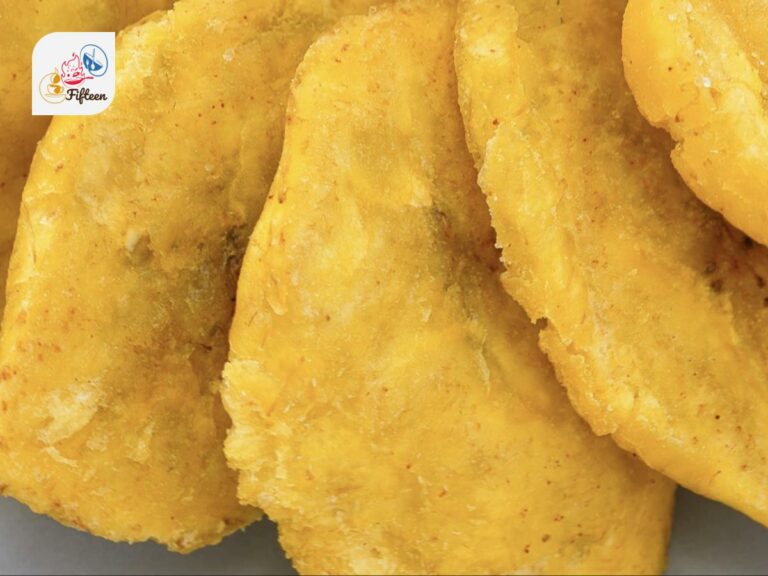
Plátanos Fritos
Plátanos fritos are fried plantains, a popular side dish across Central America, known for their sweet taste and crispy texture.

Tres Leches Cake
Tres leches cake is a dessert soaked in three kinds of milk, often topped with fruits like strawberries or peaches to add a fresh, sweet flavor.
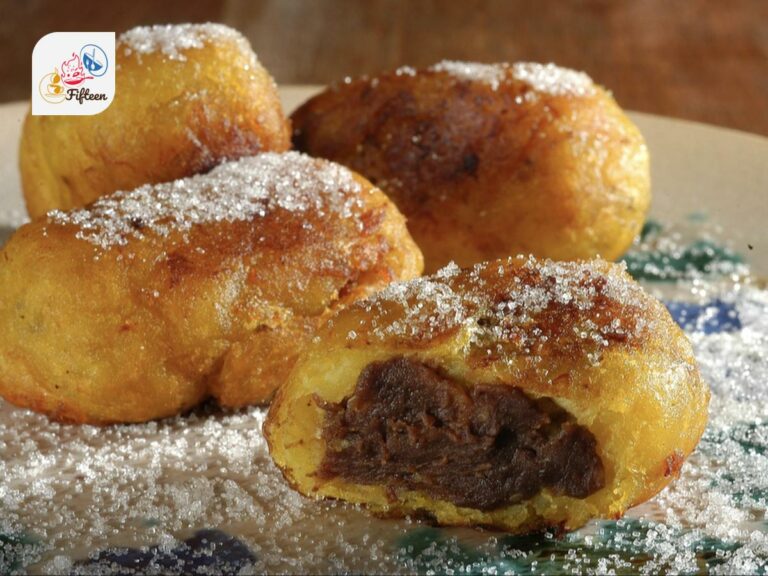
Rellenitos de Plátano
Rellenitos de plátano are mashed plantain dumplings filled with sweetened black beans, fried, and served as a dessert or snack, highlighting the versatility of plantains.
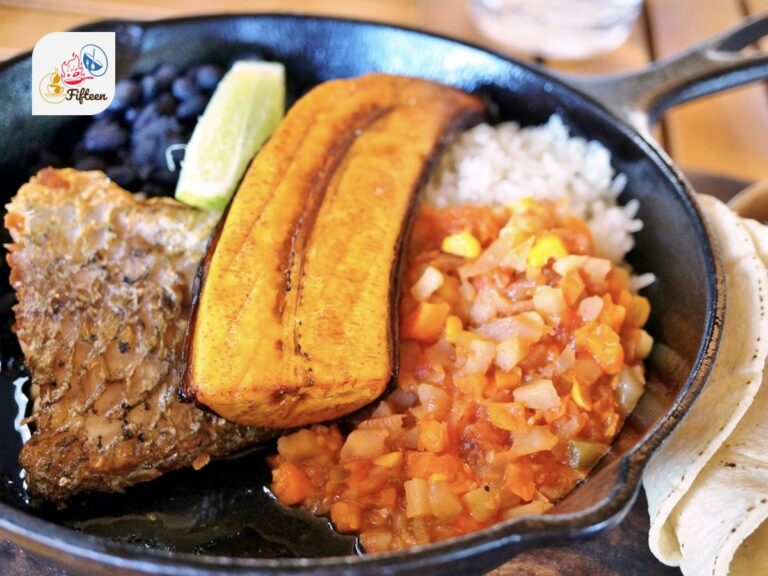
Casado
Casado is a Central American dish that often incorporates plantains, a staple fruit, alongside rice, beans, salad, and protein.
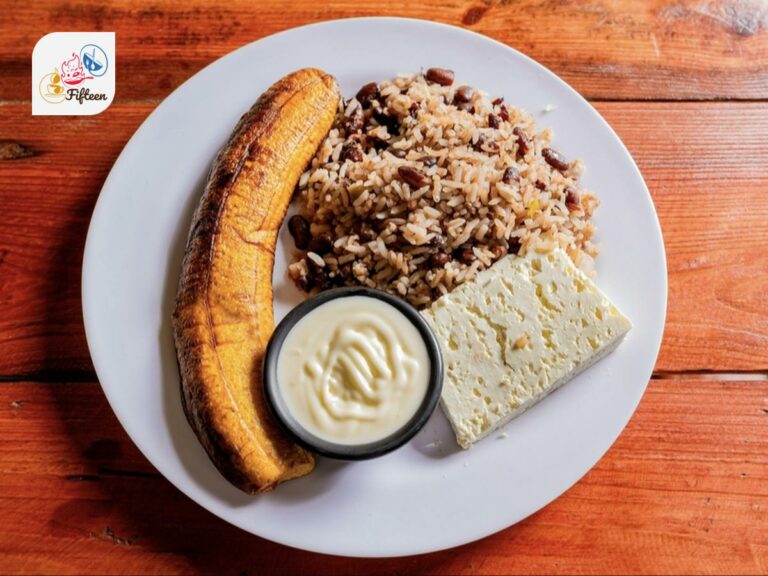
Gallo Pinto
Gallo pinto is a traditional Nicaraguan and Costa Rican dish where rice and beans are mixed together, frequently served with fried plantains on the side.
Here are some of the top picks, but there’s plenty more Central American dishes to explore.
Don’t forget to check out the fruit-based drinks from Central America as well!
Which Central American Fruit Beverages Are Popular?
Explore the 5 most beloved fruit-infused drinks from Central America:
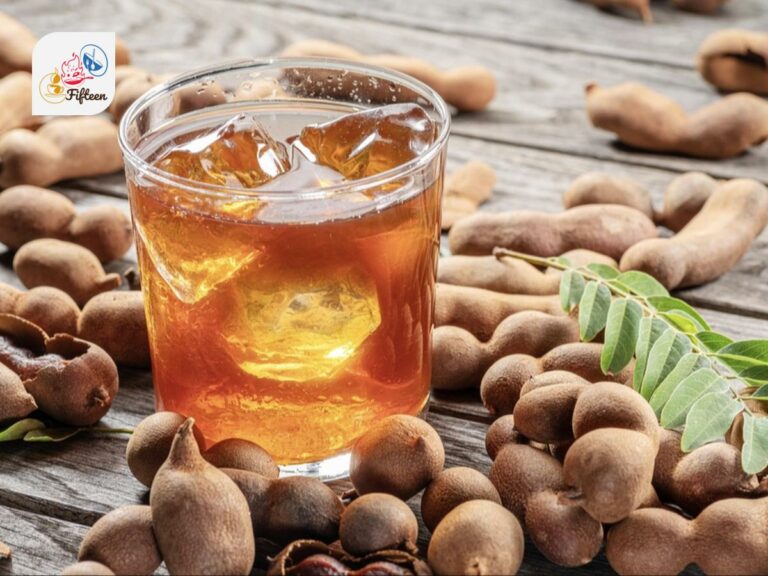
Tamarindo
Tamarindo is a tangy and sweet drink made from the pulp of the tamarind fruit, commonly consumed throughout Central America.
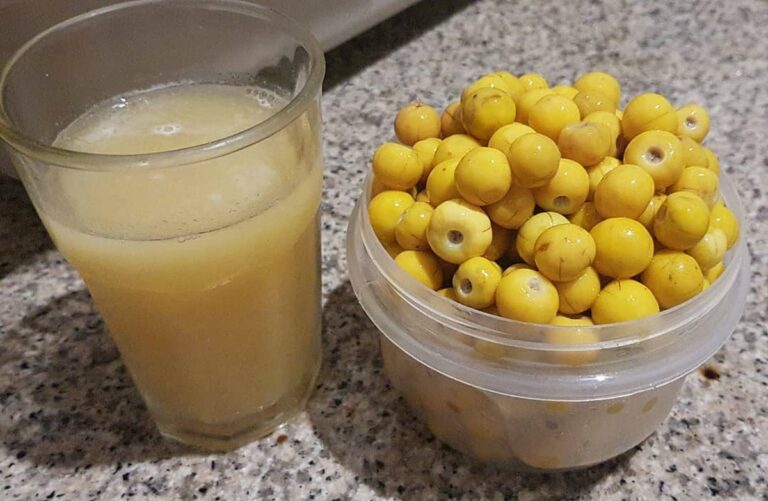
Chicha
Chicha is a traditional fermented or unfermented beverage, where the variation, including nance fruit, features a distinct, slightly sour, and aromatic flavor, cherished in several Central American regions.

Fruit Juices
Fruit juices in Central America are made from a variety of tropical fruits, including oranges, pineapples, mangos, grapefruits, watermelons, and papayas, offering refreshing and healthy options.
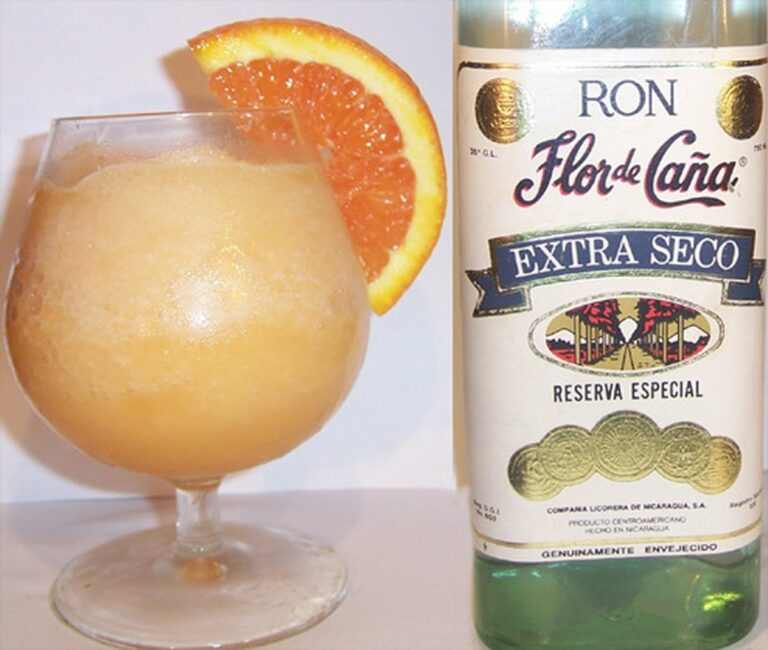
Macuá
Macuá is a refreshing cocktail from Nicaragua made with white rum, guava juice, and lemon juice.

Agua Fresca
Agua fresca is a popular Central American drink blending fruits, water, and sugar, with variations incorporating fruits like tamarind and lime for refreshing flavors.
Here are just a few popular drinks from Central America, but there’s much more to explore.
Also, take the chance to find out about Central American vegetables!
Which Are the Most Famous Central American Vegetables?
Following are the 5 most celebrated vegetables integral to Central American cuisine:
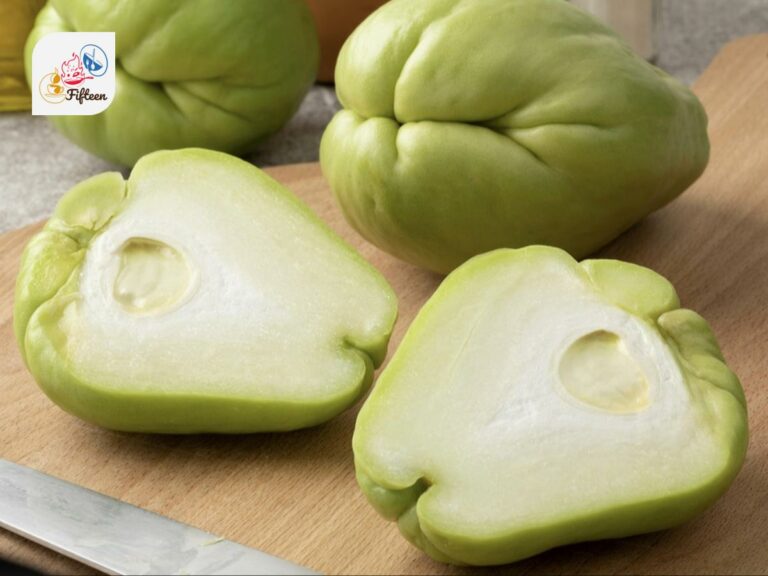
Chayote
Chayote is a versatile squash that is frequently used in Central American salads, soups, and stews.
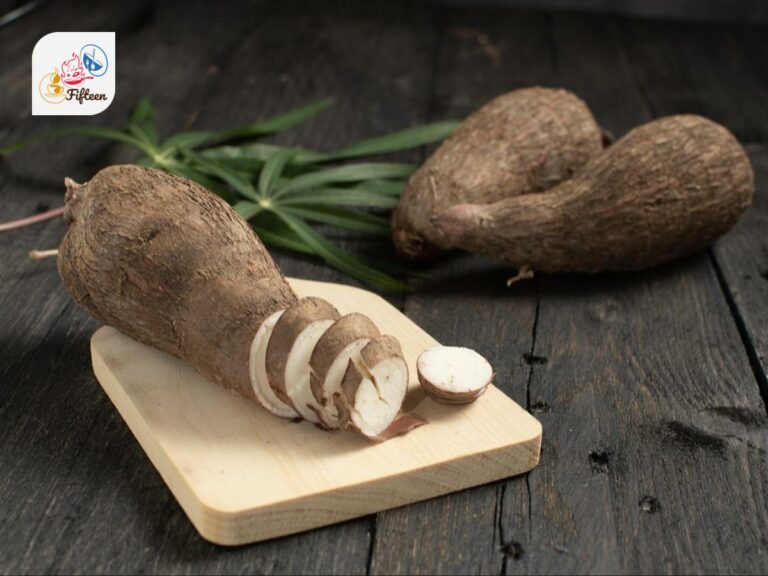
Yucca
Yucca (cassava) is a starchy tuber often boiled, fried, or used to make bread and pastries in Central American cuisine.
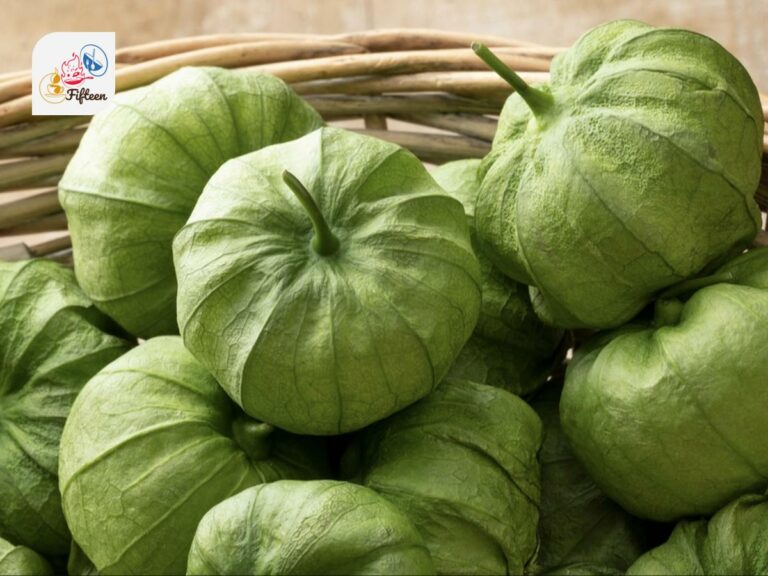
Tomatillo
Tomatillo is a small green fruit encased in a husk, used primarily for sauces and salsas in Central American cooking.
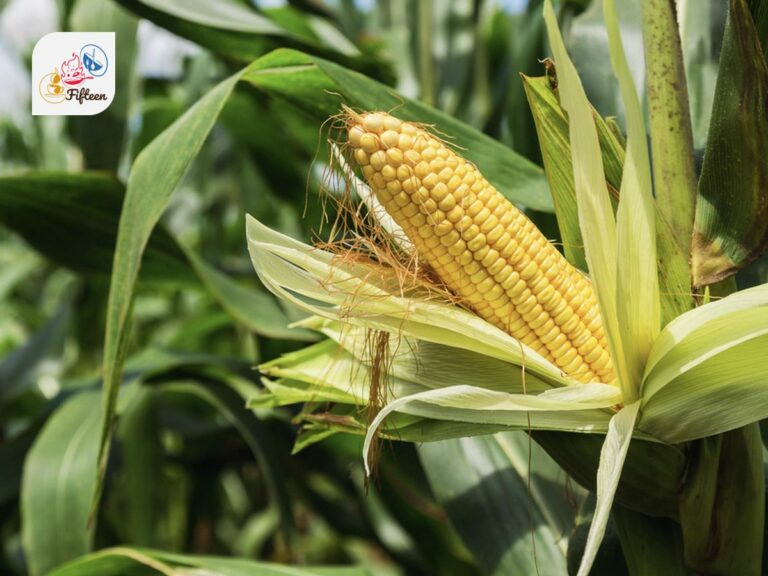
Corn
Corn (maize) is the foundational grain of Central American cuisine, used to make tortillas, tamales, and many other dishes.
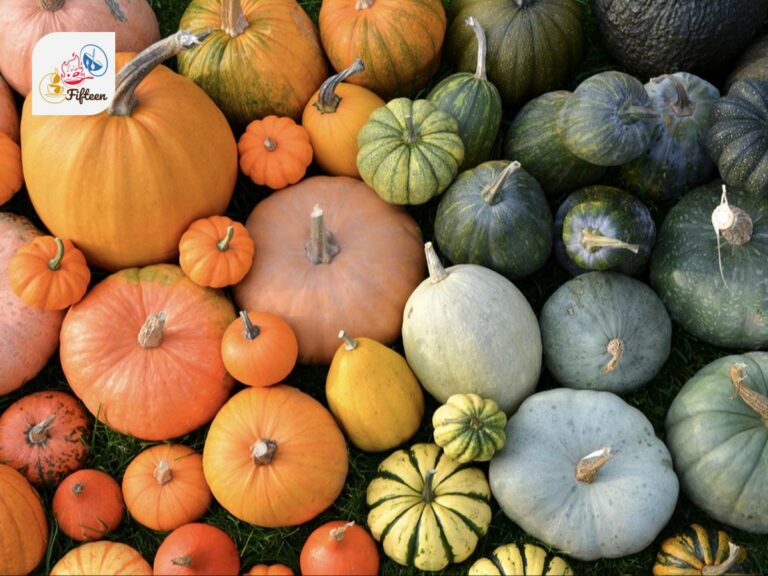
Squash
Squash varieties, such as calabaza, are widely used in soups, stews, and side dishes in Central America.
In the lush green heart of Central America, every fruit tells a story, from the mamey sapote’s plush sweetness to the guanabana’s juicy tang.
Here’s a sneak peek into some well-loved Central American vegetables, and remember, this is just the beginning – there’s plenty more to discover.
Share your unique experiences and intriguing fruit tales in the comments as you savor these treats. Remember to like and share this article, inspiring others to explore Central America’s fruity bounty.



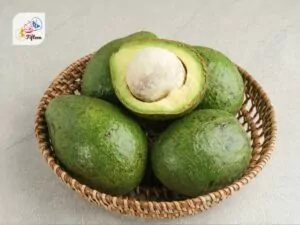
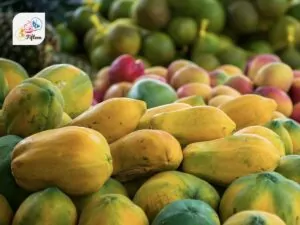
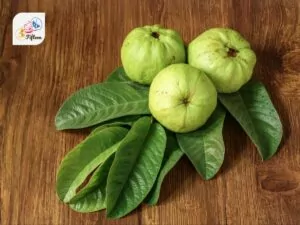
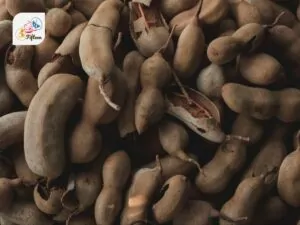
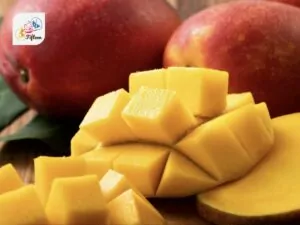
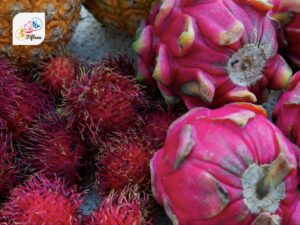
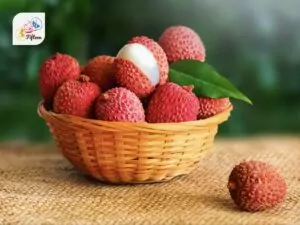
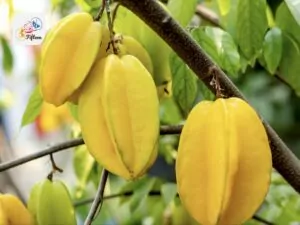
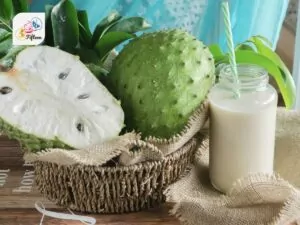
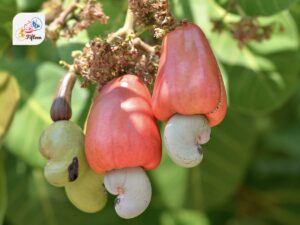
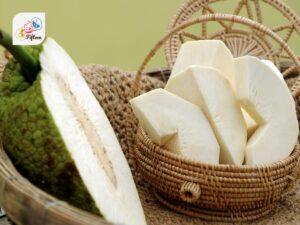
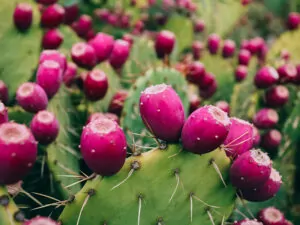
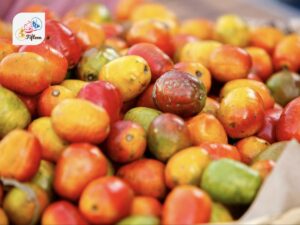
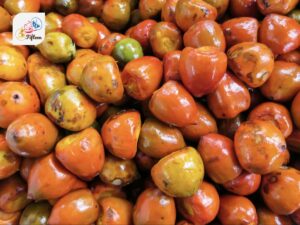
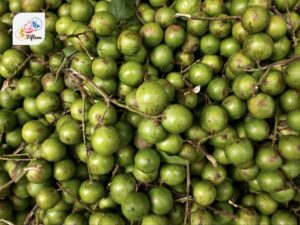
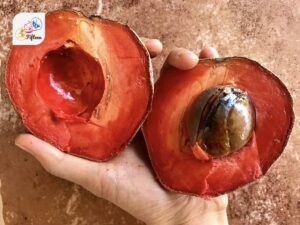
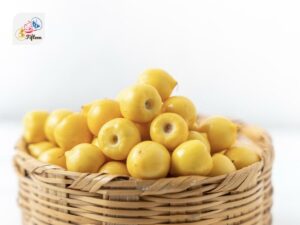
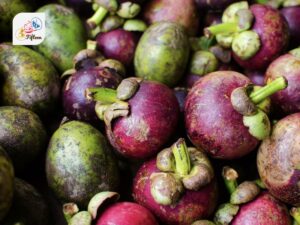
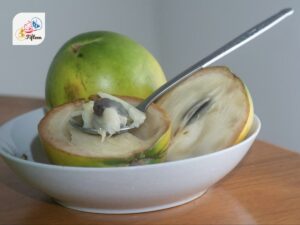
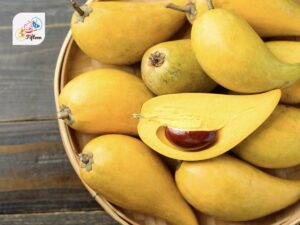
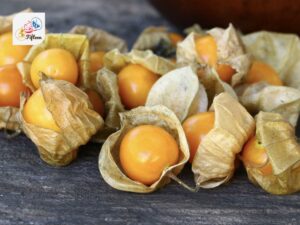
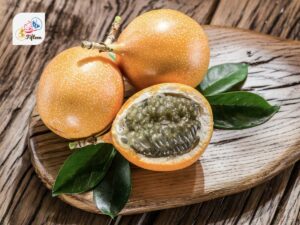
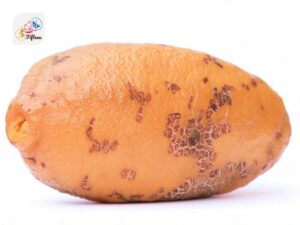
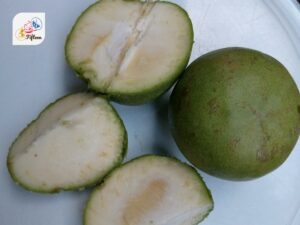
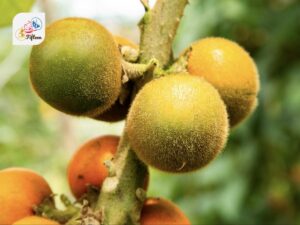
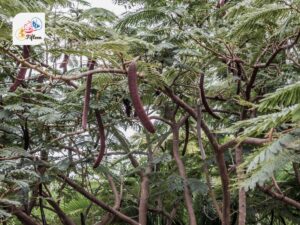
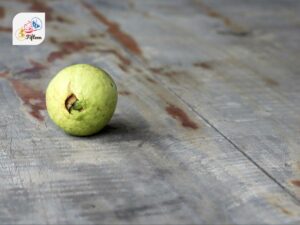
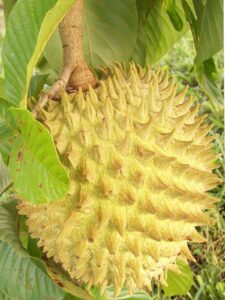
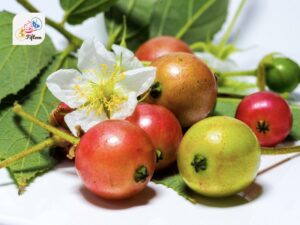
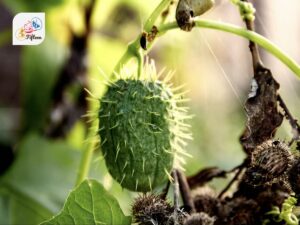
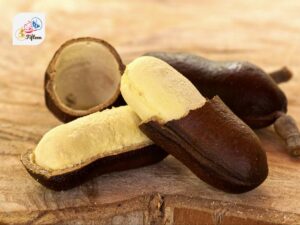
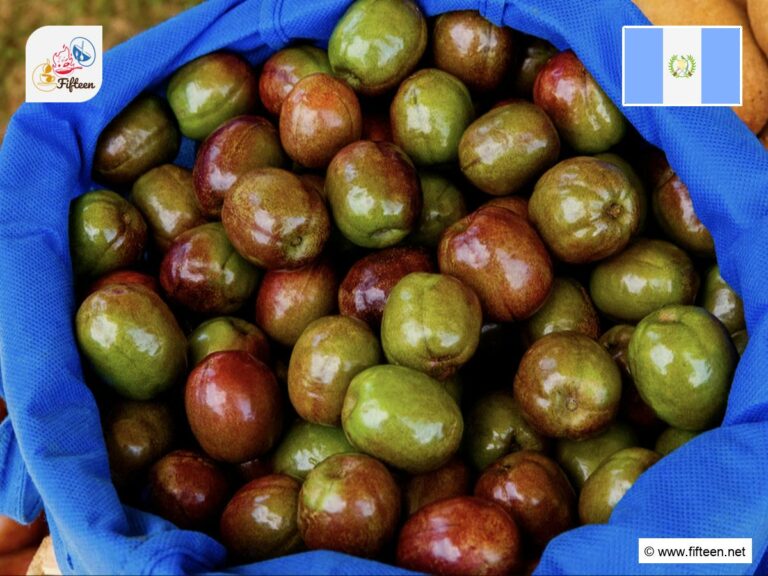
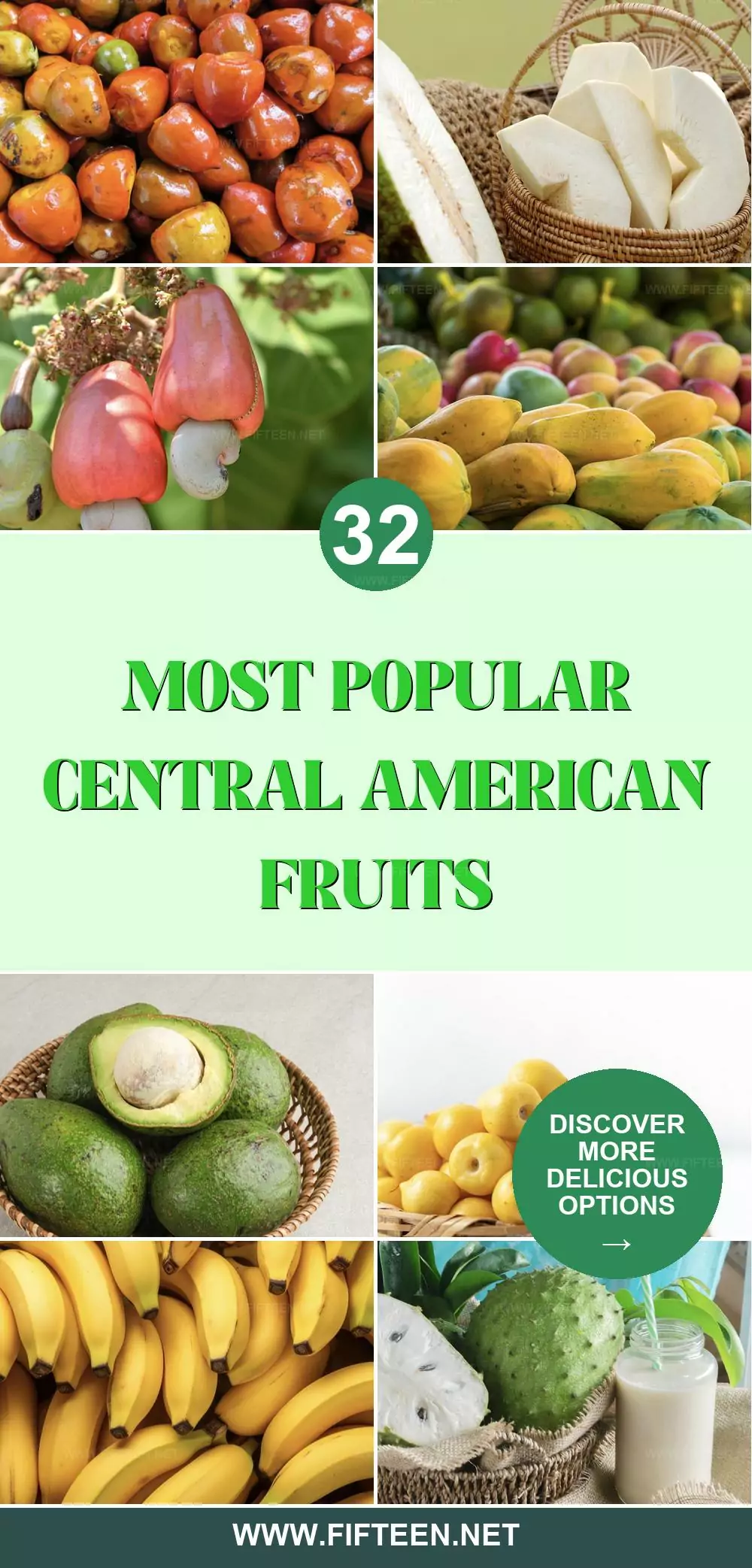
Jamie Scott
Editor in Chief, Senior Content Writer
Expertise
Home Cooking, Meal Planning, Recipe Development, Baking and Pastry, Food Editor, Cooking-video Maker, Western Food Evaluation Expert
Education
Le Cordon Bleu College of Culinary Arts
Local Community College, New York, NY
Jamie Scott is a skilled culinary expert and content creator specializing in Western cuisine. With over 15 years in the culinary field and formal training from Le Cordon Bleu, Paris, Jamie deeply understands how to blend nutrition with delicious flavors. His passion for cooking matches his commitment to making healthy eating accessible and enjoyable.
On Fifteen.net, Jamie brings a fresh perspective to classic dishes and beverages, offering readers insightful recipes, cooking tips, and a fresh view on meal planning that emphasizes taste, health, and simplicity.